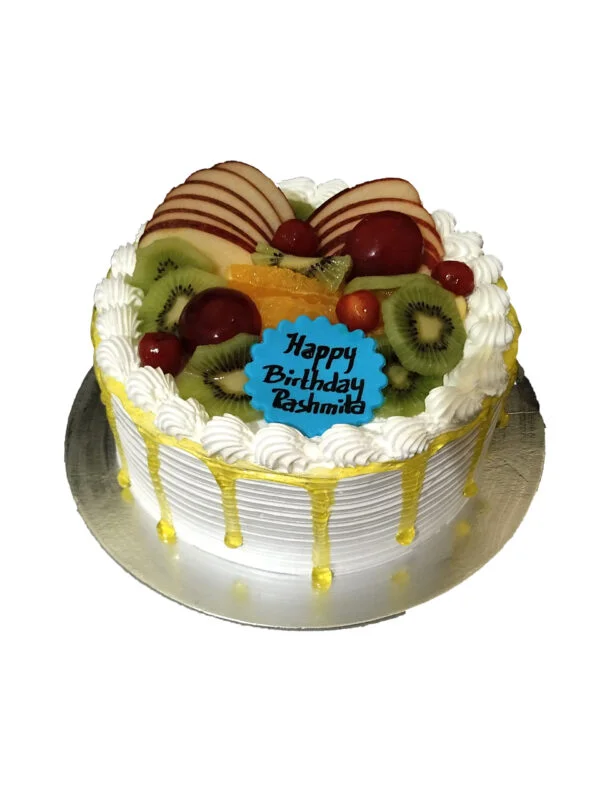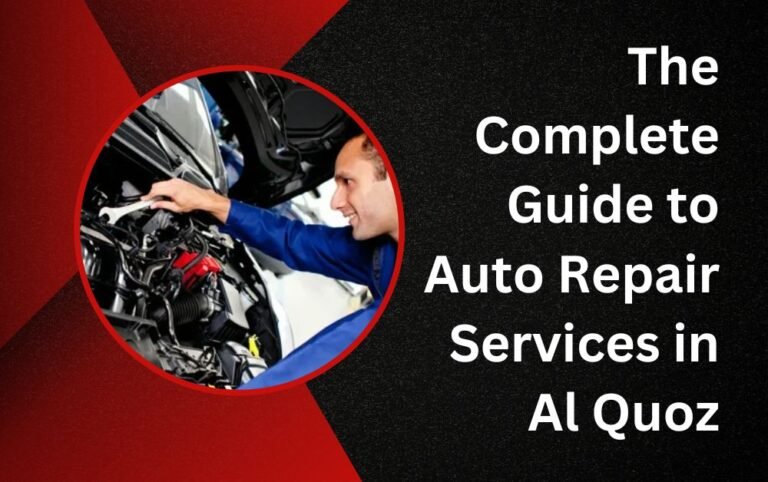Guide to Choosing the Right Car Snow Chains: Winter Traction
For those living in areas with harsh winter conditions, navigating snowy and icy roads can be a daunting task. Thankfully, snow chains provide an extra layer of traction, significantly improving your car’s grip and stability during winter storms. But with a variety of snow chain types and factors to consider, choosing the right set can feel overwhelming. This guide by Cash For Cars Company In Caboolture simplifies the process, ensuring you select the perfect snow chains for your car and winter driving needs.
Step 1: Consult Your Owner’s Manual
Before diving into snow chain options, it’s crucial to consult your vehicle’s owner’s manual. Some car manufacturers advise against using traditional snow chains due to limited clearance between the tires and fenders. This space is essential for the chains to rotate freely without causing damage. Additionally, the manual might recommend specific snow chain types or sizes compatible with your car.
Step 2: Determine Your Tire Size
Snow chains are designed for specific tire sizes. Mismatched chains can be ineffective or even damage your tires and fenders. To find your tire size, look for a series of letters and numbers on the sidewall of your tire. For example, a common size might be P225/60R16. The important numbers for snow chains are the width (e.g., 225) and the diameter (e.g., 16) of the tire.
Step 3: Choose Your Snow Chain Style
With compatible tire size confirmed, you can explore the different snow chain styles:
- Ladder Chains: These traditional chains consist of rungs or “rungs” that wrap around the tire tread. They offer excellent traction in severe snow and ice conditions but can be noisy and cause some vibration.
- D-Link Chains: Featuring D-shaped links, these chains provide a good balance between traction and ride comfort. They are slightly less aggressive than ladder chains but might be a better choice for frequent highway driving.
- Cable Chains: Made from twisted steel cables, these lightweight chains are a good option for occasional winter driving. They are easier to install and store but offer less traction compared to ladder or D-link chains.
- Self-Tensing Chains: As the name suggests, these chains automatically tighten around the tire during installation. This can be convenient, especially for those unfamiliar with traditional chain installation. However, they tend to be more expensive than other options.
- Snow Socks: Not technically chains, these textile covers provide some traction in light snow conditions. They are a simple and quick solution but might not be suitable for deep snow or icy roads.
Consider Your Driving Conditions:
The severity of your winter weather will influence your choice. If you encounter frequent blizzards and icy roads, prioritize traction with ladder or D-link chains. For occasional snow, cable chains or even snow socks might suffice.
Ease of Installation:
Think about how comfortable you are installing chains. Self-tensing chains or cable chains might be easier for those new to the process.
Step 4: Practice Makes Perfect
Don’t wait for a snowstorm to attempt installing your chains for the first time. Practice at home in a dry, well-lit area. Consult the manufacturer’s instructions and familiarize yourself with the process. This ensures you can quickly and safely install your chains when winter weather strikes.
Step 5: Important Reminders
- Speed Limits: Always adhere to reduced speed limits when using snow chains. Driving too fast can damage the chains or your car.
- Removal: Once you’re back on bare pavement, remove the chains to prevent unnecessary wear and tear on your tires and the road surface.
- Storage: When not in use, store your chains properly in a dry, protected location.
By following these steps and considering your specific needs, you can confidently choose the right snow chains for your car, ensuring safe and controlled winter driving. Remember, snow chains are a valuable tool for navigating winter storms, but they should not be a substitute for cautious and responsible driving practices.
visit: https://www.maxcashforcars.com.au/
FAQ’s
Do all cars need the same type of snow chains?
No, different cars require different snow chain types due to variations in tire size and clearance between the tire and fenders. It’s crucial to consult your owner’s manual to confirm compatibility before purchasing snow chains.
Where can I find my tire size?
Your tire size is displayed on the sidewall of your tire. Look for a series of letters and numbers, for instance, P225/60R16. The important numbers for snow chains are the width (e.g., 225) and diameter (e.g., 16) of the tire.
What are the advantages and disadvantages of different snow chain styles?
- Ladder Chains: Pros: Excellent traction, especially in severe conditions. Cons: Noisy, can cause vibration.
- D-Link Chains: Pros: Good balance between traction and comfort. Cons: Slightly less aggressive than ladder chains.
- Cable Chains: Pros: Lightweight, easy to install and store. Cons: Less traction compared to other chain types.
- Self-Tensing Chains: Pros: Convenient installation, automatically tightens. Cons: More expensive than other options.
- Snow Socks: Pros: Simple and quick to install, good for light snow. Cons: Not suitable for deep snow or icy roads.
Should I prioritize traction or ease of installation?
This depends on your winter driving conditions. If you face frequent snowstorms and icy roads, prioritize traction with ladder or D-link chains. For occasional snow, cable chains or even snow socks might be sufficient.
Read More: Home
When should I practice installing my snow chains?
Don’t wait for a snowstorm! Practice installing your chains at home in a dry, well-lit area. This familiarizes you with the process and ensures you can install them quickly and safely during winter weather.
Is there a speed limit when using snow chains?
Yes, always adhere to reduced speed limits when using snow chains. Driving too fast can damage the chains or your car.
What should I do after driving with snow chains?
Once you’re back on bare pavement, remove the chains to prevent unnecessary wear and tear on your tires and the road surface.
How should I store my snow chains?
When not in use, store your chains properly in a dry, protected location. This extends their lifespan and keeps them in good condition for future winter seasons.
Read More: Home






